As "spinal health" gradually becomes a focus of public attention, more and more rehabilitation institutions, clinics, and health management centers are beginning to introduce a new type of equipment — the 3D spinal scoliosis scanner. Due to its non-invasive, radiation-free, and highly efficient characteristics, this device is known as a "powerful new tool for spinal screening."
So here comes the question: Which types of rehabilitation institutions are suitable for purchasing a spinal scoliosis scanner? Is it only applicable to large hospitals? The answer is actually broader than you might think.
1. Adolescent Posture Management Centers: The First Line of Prevention and Treatment
In recent years, spinal scoliosis has become increasingly common among adolescents. Poor sitting posture, uneven backpack loads, and prolonged study time are major contributing factors. For rehabilitation centers and posture training institutions focused on children's growth and development, the 3D spinal scanner is a "standard piece of equipment."
It can accurately capture back contours, scapular symmetry, and spinal curvature data, assist in screening for mild to moderate scoliosis trends, and provide scientific support for training programs, avoiding blind or incorrect practices.
2. Sports Rehabilitation Institutions: Complete Chain of Injury Prevention, Assessment, and Intervention
Many athletes and fitness enthusiasts experience postural compensation or hidden spinal deviations due to high-intensity training, which can lead to back pain, spinal rotation, or abnormal disc pressure over time.
Sports rehabilitation institutions can use the scoliosis scanner to build dynamic postural models non-invasively, helping to assess core stability and detect any compensatory deviations. This provides a valuable reference for pre-training evaluations and personalized training plans.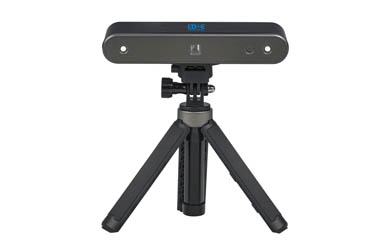
3. Orthopedic and Post-Surgical Rehabilitation Centers: Tools for Monitoring and Treatment Tracking
For patients already diagnosed with scoliosis, kyphosis, poor posture, or those in postoperative recovery, 3D scanning technology can continuously record each follow-up result. It allows comparison and analysis of whether spinal deviation has improved, scapular alignment has balanced, and training has been effective.
Compared with X-rays, the radiation-free advantage is especially suitable for long-term tracking in pediatric patients. Monthly evaluations can be conducted safely and without burden, giving both doctors and families greater peace of mind.
4. Private Posture Correction Clinics and Therapy Studios: A Value-Added Service Tool
With the rise of wellness, yoga, and posture management industries, more high-end therapy centers and private posture studios have begun to purchase 3D scanners as part of their services.
Using scan results, practitioners can provide more convincing training recommendations. Clients can also clearly see "before and after" comparisons, which enhances their willingness to return and deepens trust.
5. Community Rehabilitation Centers and School Screening Sites: Efficient Tool for Mass Screening
Some community rehab points and school health check programs have started equipping themselves with portable spinal scanning systems. Paired with lightweight software, they enable fast, bulk screening without requiring undressing or physical contact, and generate reports within one minute — especially suitable for densely populated areas in need of mass screening.

 +86-0755-86131192
+86-0755-86131192 2025-06-25
2025-06-25 Back to list
Back to list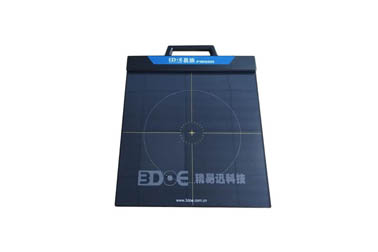
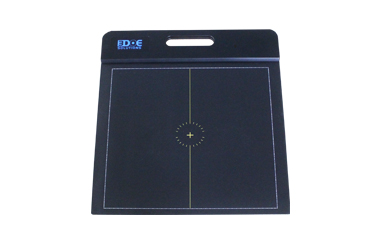

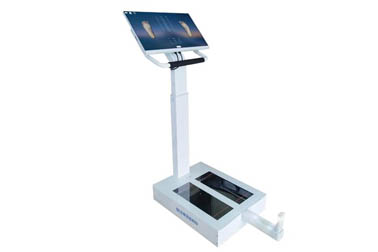
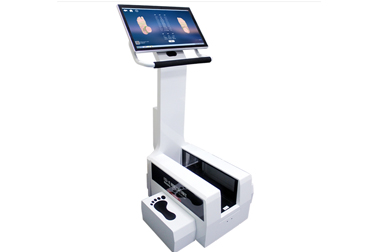
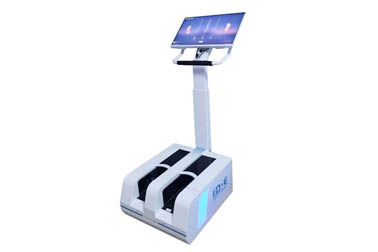



 +86-0755-86131192
+86-0755-86131192